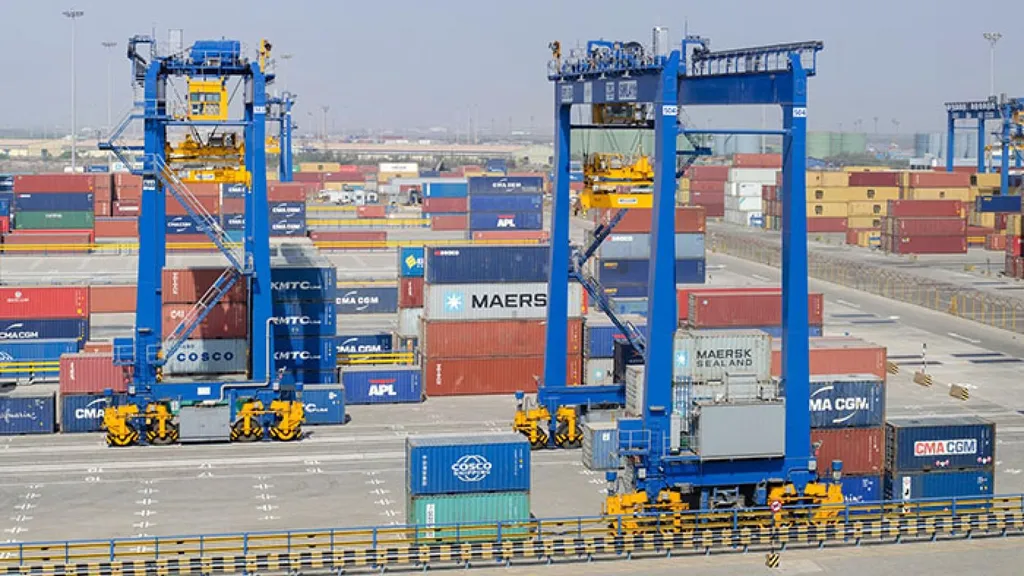DP World is doubling down on India’s maritime future, and the moves are bold. At India Maritime Week 2025, the global logistics titan inked two game-changing deals that could reshape port infrastructure and workforce development in the country. Let’s break it down.
First up: a magnetic revolution at Deendayal Port. DP World, Deendayal Port Authority (DPA), and European deep-tech firm Nevomo are teaming up to pilot a 750-metre MagRail Booster track. This isn’t just another automation project—it’s a leap into self-propelled, rail-based cargo transfers using existing infrastructure. The system eliminates conventional locomotives, promising higher throughput, lower emissions, and a serious boost in operational safety.
But here’s the kicker: this isn’t just a pilot. The partners are already eyeing large-scale deployment, aligning with India’s PM Gati Shakti Master Plan and Harit Sagar Green Port Guidelines. Sushil Kumar Singh, Chairman of DPA, called it a “milestone” towards sustainable growth, while DP World’s Yuvraj Narayan framed it as a blueprint for greener, scalable port infrastructure. Nevomo’s Harjinder Dhaliwal didn’t hold back either, calling India “one of the most dynamic logistics markets in the world.”
Meanwhile, DP World isn’t just modernising ports—it’s building the workforce to run them. Through a tripartite MoU with Cochin Shipyard Limited (CSL) and the Centre of Excellence in Maritime and Shipbuilding (CEMS), the company is launching an industry-ready maritime training initiative. The goal? To churn out globally competitive professionals in shipbuilding and repair, blending theoretical and practical learning across CSL, CEMS, and Drydocks World facilities.
This isn’t just about upskilling—it’s about aligning India’s maritime training ecosystem with international standards. Capt. Rado Antolovic of Drydocks World stressed the importance of developing the “next generation of maritime professionals,” while Madhu S Nair of CSL highlighted the need to meet both domestic and international demands. Arun Sharma of CEMS summed it up best: “This collaboration enables us to deliver immersive, hands-on skilling programs that empower youth with globally benchmarked capabilities.”
So, what’s next? If these initiatives deliver on their promises, we could see a ripple effect across India’s maritime sector. Magnetic propulsion could become the new standard for cargo movement, while a skilled workforce could drive shipbuilding and repair to new heights. The real test, though, will be scalability. Can these pilots be replicated across India’s sprawling port network? And will the workforce training model catch on beyond Kerala?
One thing’s clear: DP World isn’t just investing in infrastructure or talent—it’s betting big on India’s maritime future. The question is, will the rest of the industry follow suit?

